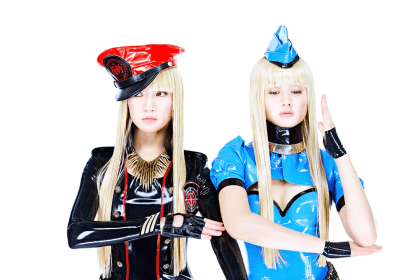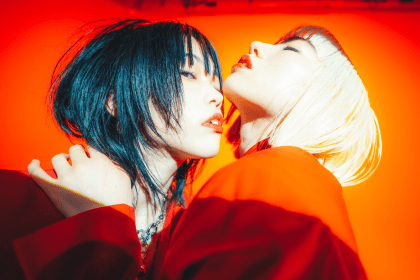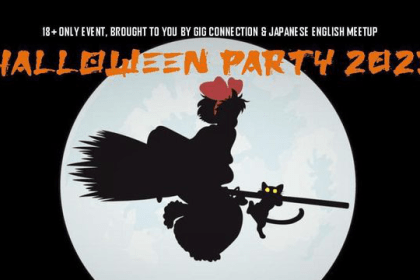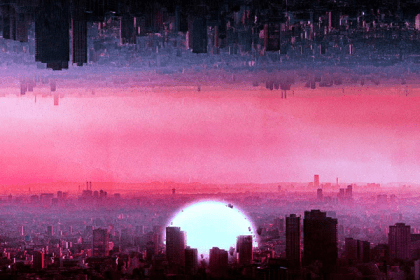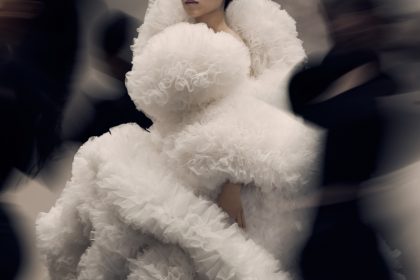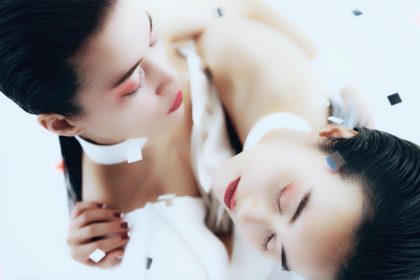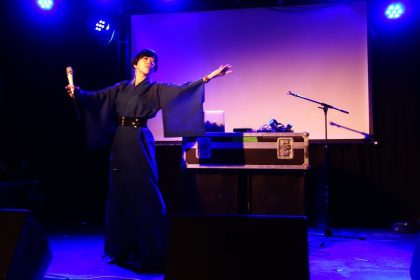Visual kei outfit LACROIX DESPHERES weave together a combination of rock, classical and performance to present their own unique style of Rock Opera.
A constant presence on the Japanese music scene since its roots in the 1980s, visual kei has produced a broad range of bands and artists ranging from X Japan, Malice Mizer and Dir en Grey through to contemporary acts such as The GazettE. Lacroix Despheres continue the tradition as an outfit formed by frontman Sho along with the current lineup of Saya on soprano vocals, Pegeot on guitar, Naoki on bass, Mizuki on flute and Satomi on oboe.
The band have also been keen to embrace contemporary methods to promote their music which, in 2014, led to a crowdfunding initiative for their Denier Paradis Act 3 album in conjunction with the Boston-based Video Game Orchestra.
Lacroix Despheres made their UK debut at Hyper Japan’s Christmas Market event this year and J-Pop Go had the opportunity to chat to them about their unique style and taking their music overseas…
How would you describe the influences that formed Lacroix Despheres to begin with?
Sho: Basically the idea came from myself and the musical end, that was X Japan, Gackt, his kind of stuff. Classical music, opera – those kind of influences.
Lacroix Despheres combine classical instrumentation with more contemporary rock instruments. Is it challenging to combine these different elements in compositions?
Sometimes, it can be difficult. I started composing music while I was still at university. But what I was studying had nothing to do with rock instruments, so I had to kind of struggle to find a way to combine those instruments together.

So did the classical element come first and the rock element afterwards?
Before I became interested in music, I had quite a musical family. Even when I was little, music was everywhere inside the house, but mostly it was kind of classical. But I wasn’t quite into it. So when I reached the age of about 12 I started listening to rock music because of X Japan and then started to work on it myself.
Are there any UK bands that you like?
Queen! (laughs)
You used crowdfunding to fund your last project. Do you think this is the way forward for musicians in the future?
I think it’s good and good for other bands as well.
How did you get involved with Boston’s Video Game Orchestra?
On Twitter! (laughs)
Do you think that was a successful collaboration and do you think you will work with them again in the future?
Well we reached a certain point on our funding, although not quite the final target. But we found it quite successful.
Saya-san, could you talk a little about your musical background? Were you musically trained?
Saya: When I was 12 years old I joined a choir and I’ve been singing since. I had my own private teacher and I’ve been singing that way since.
When it comes to band performances, you obviously have the wind instruments (oboe and flute) and the rock instruments (guitars), do you find it a challenge to combine them together on stage?
Sho: Maybe the way it’s composed or the way they play, you know, they make it as much as they can to stand out OK.
Are there any other major challenges when staging live shows?
Basically, only two of us use our voices. Not everyone is talking or singing, so we have to express our feelings through our instruments. That can be difficult.
Have you been surprised by the reaction of UK audiences?
They are very kind and friendly. Maybe Japanese audiences can be a bit dry. They’re there for other performances, other bands, so they’re there chatting away when we’re performing and they don’t give a shit!(laughs)
Japanese audiences find it quite difficult. Because maybe that type of music is not really mainstream. So it’s hard to grab Japanese audiences in a way.

Would you like to come back to the UK again in the future?
Of course! (laughs)
Thanks to Kenji Mitsuhashi and FLYJAM.
http://www.lacroix-d.com
www.hyperjapan.co.uk

